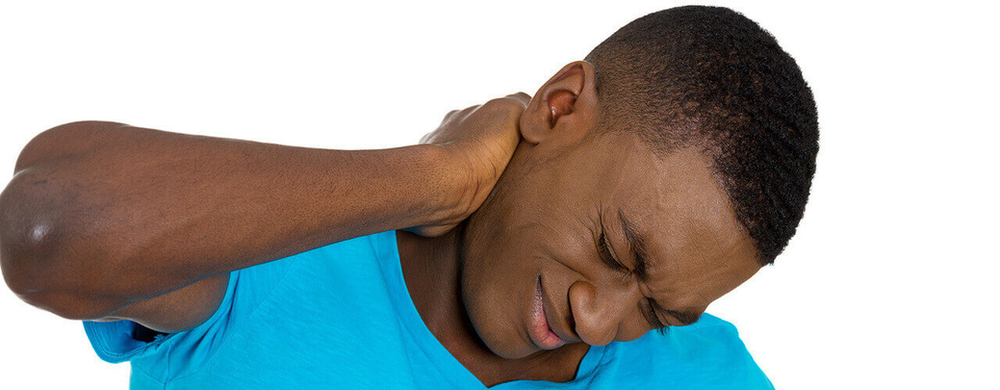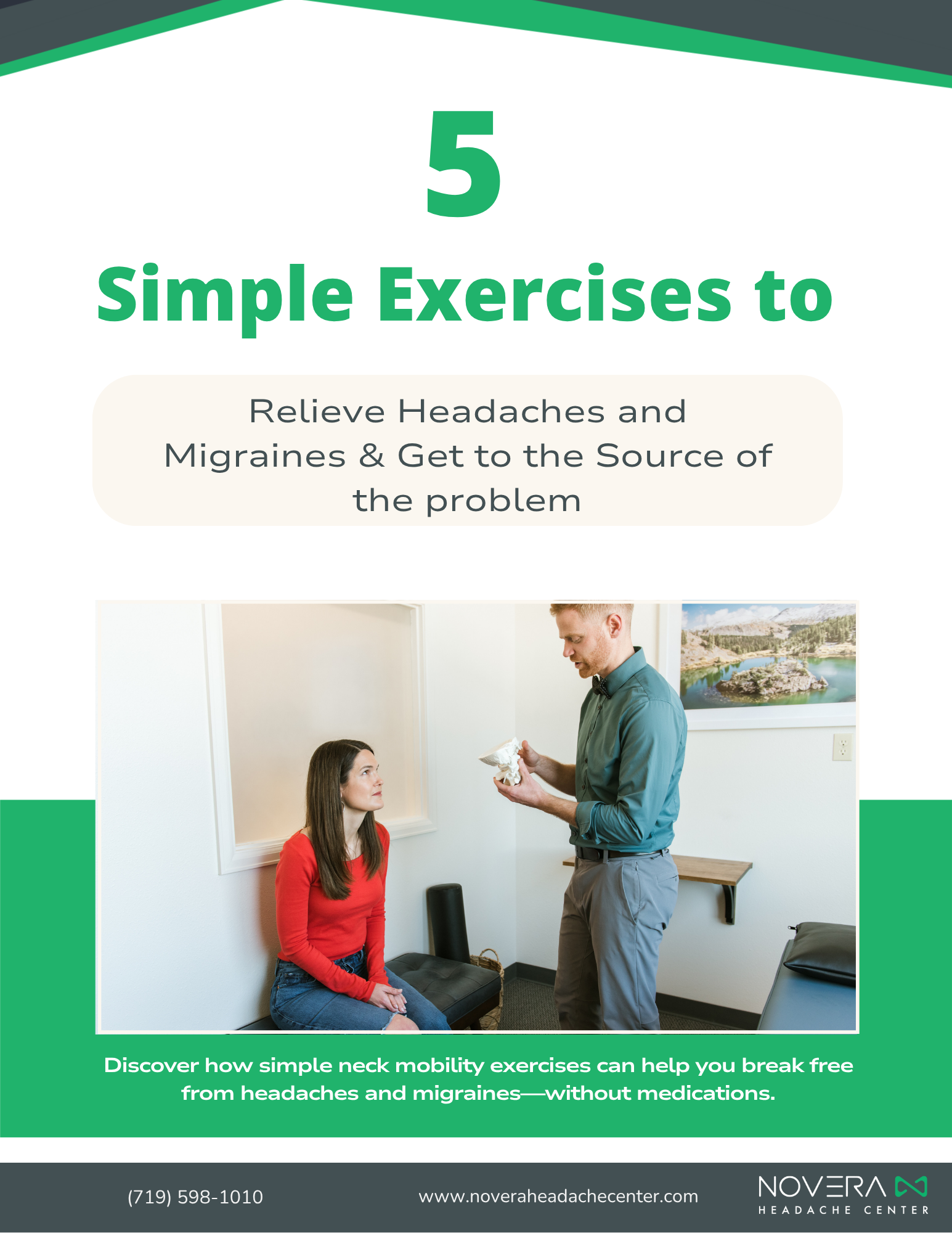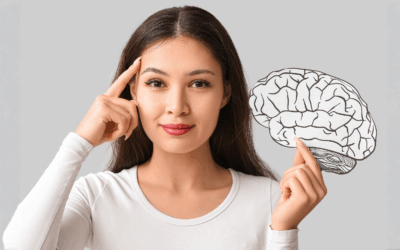
Dr. Taves’ 5th podcast discusses neck pain, the association it has with migraines, and how best to manage it. Neck pain tends to be more common in men, and especially with veterans who have experienced previous trauma or whiplash.
While chiropractors tend to focus on the
alignment of the neck, joints, and spine,
physical therapists focus on restoring movement
and mobility to the body in order to reduce pain.
Dr. Taves explains how the neck is often the most
overlooked cause for head pain. There is a single
joint in the neck that is responsible for giving the
neck 45 degrees of rotation and also allows the
head to make a nodding motion. What often
happens is that patients will lose that motion in the
first and second joints of the neck. This doubles the
amount of stress placed on the lower joints of the
neck. Because the work load is doubled on the
upper joints of the neck, the joints have to work
twice as hard to move the head.
As a result, the upper joints of the neck become
worn and could possibly tear.
An MRI or x-ray scan can often pick up on the
degenerative changes made on the lower joints
of the neck. The bone structure may be shortened
or malformed. However, MRI scans or x-rays are
unable to identify the reason why there are bone
deformations. The joints are worn because they
have lost mobility and are straining to move the
neck.
Dr. Taves explains that because the joints aren’t
working as well, the muscles in the neck, shoulders,
and upper back have to work harder. Many patients
experience muscle tension or aching in their back
and neck. They can also experience pain radiating
into their shoulders, a numbness, tingling, or sharp
pain. Massages aren’t always affective in eradicating
this pain, because tense muscles aren’t the problem.
The root problem is the joints, which need to be
mobile.
Dr. Taves works with various patients who suffer
from different kinds of neck tension or back pain.
For example, many people hold their heads in a
forward position which creates tension in the CTG
junction, which is where the neck and upper back
come together.
Also, Dr. Taves addresses carpal tunnel syndrome,
which he says does not have to be treated surgically.
He says that the numbness and tingling which
accompanies carpal tunnel syndrome is connected to
a nerve which can be traced up to the shoulder and
cervical spine. If the source of the pain is dealt with,
by restoring mobility and releasing the tension in the
nerve, then carpal tunnel syndrome can be resolved
without surgery.
Neck pain is often the most overlooked cause of
migraines, but Dr. Taves believes that by focusing on
neck pain we can resolve headaches. He works so
that his patients can live independently, free from pain
and medication.
Click here to listen to this episode of The Headache Doctor Podcast.




